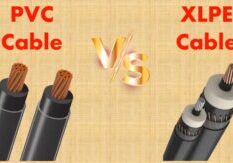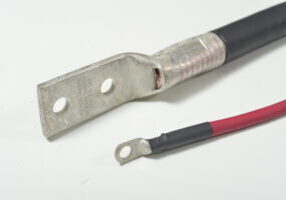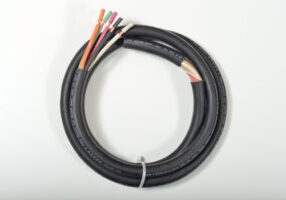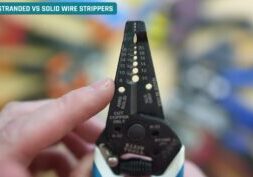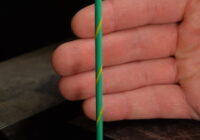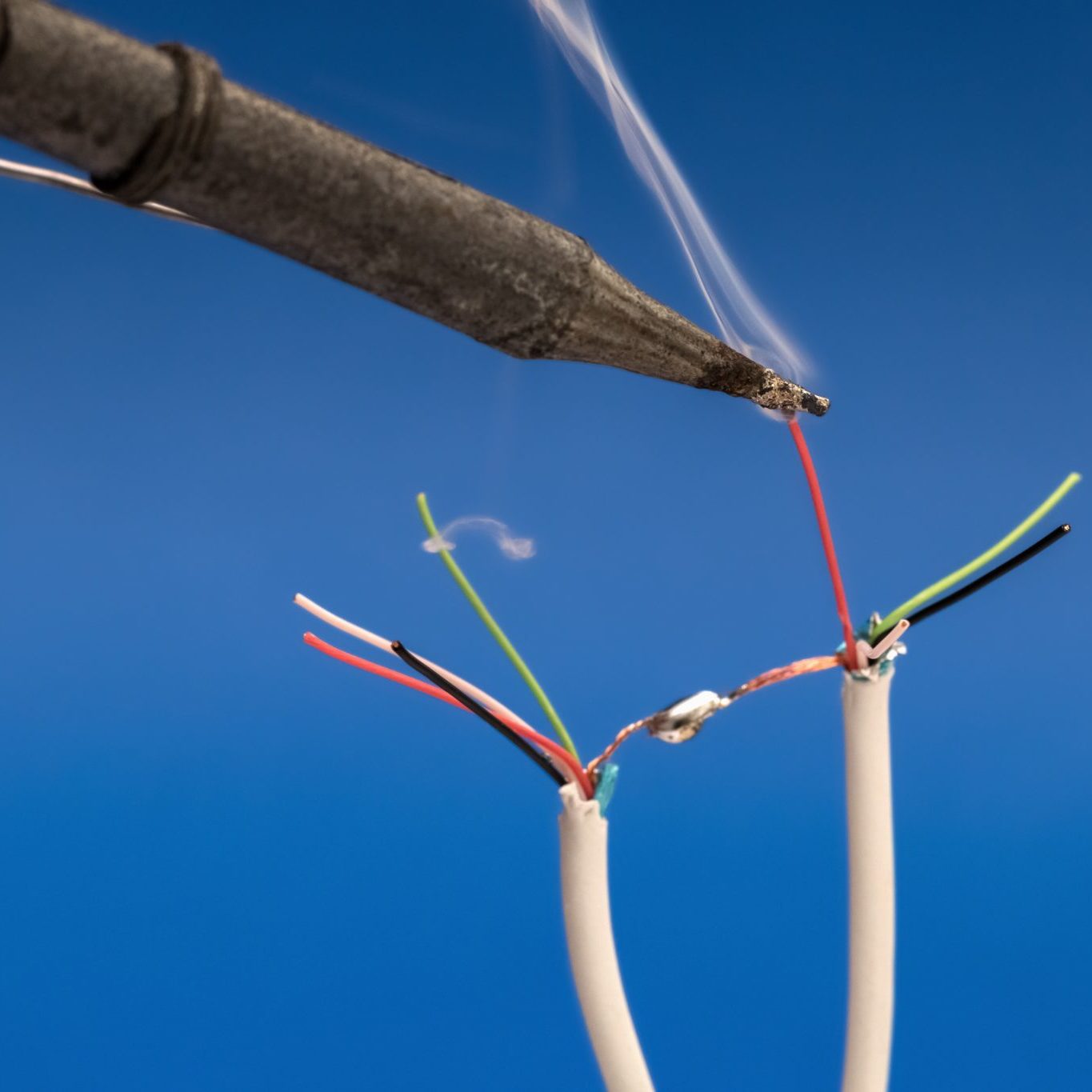
May 5, 2021
7 Electrical Wire Attributes to Consider Before Buying
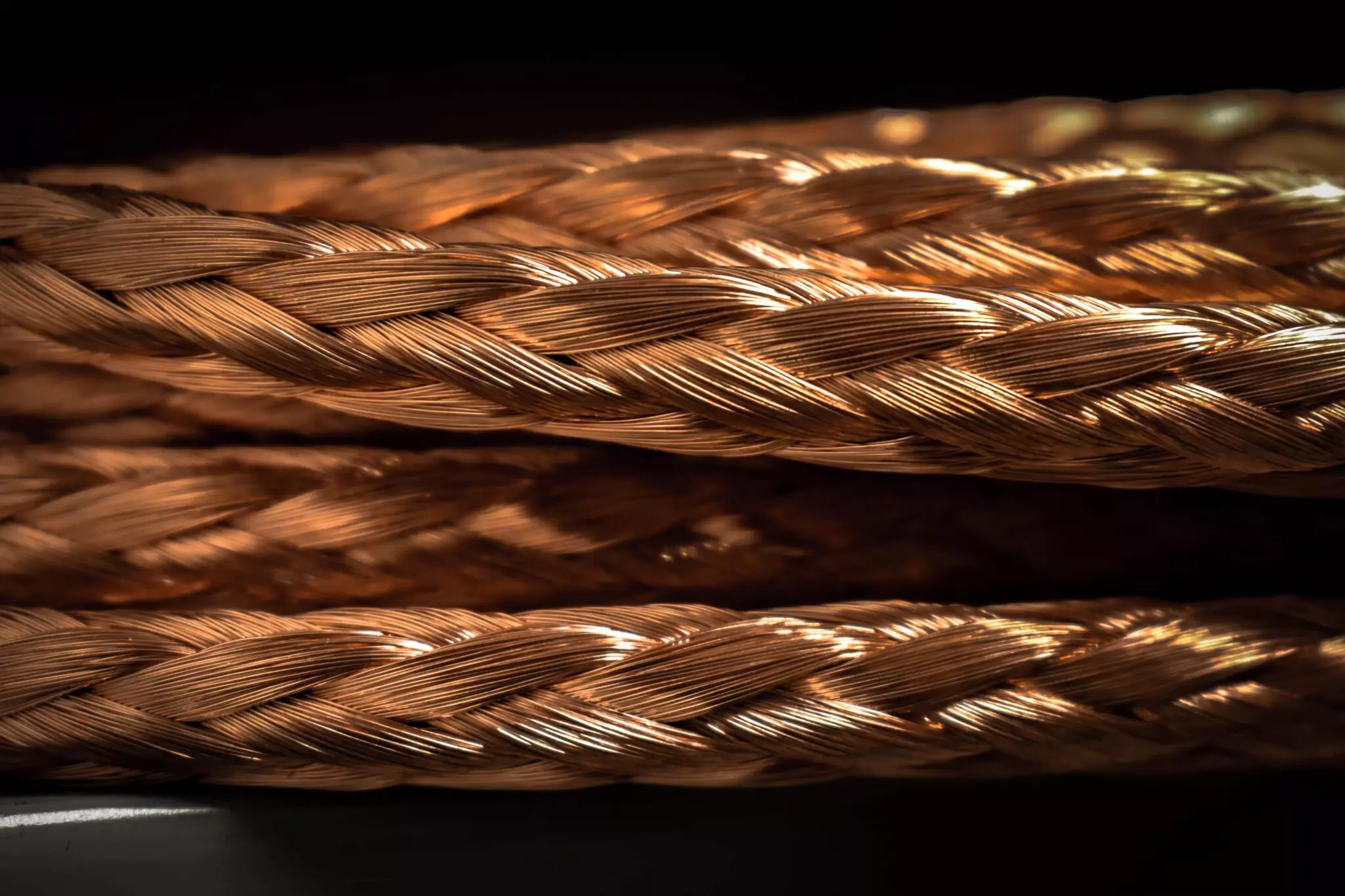
Electrical wiring helps power everything in homes and offices, making it helpful to identify its uses and attributes before buying to ensure you choose the right option. These wires are often confused with electrical cables, so keep in mind that electrical wires consist of a single conductor, while cables hold multiple wires. Learn the uses for electrical wiring, when to replace them and a few attributes to consider before buying.
Electrical Wiring Uses
The purpose of an electrical wire is to distribute power by transmitting electricity from a transformer or another source to an outlet, device, cable or socket. This wiring conducts electricity while providing a low-resistance path for electricity to flow through. Here are some types of electrical wires and their uses:
- Single-conductor wires: The most common electrical wire, this option comes in stranded and solid variations. These wires are often found in common electronics, like phone chargers, due to their flexibility.
- Multiconductor cables: Multiconductor cables are used behind the walls of a home or business to connect heavy appliances like dishwashers and washing machines. Also referred to as nonmetallic, these electric cables are covered in black sheathing.
- Metal-clad cable: A metal-clad cable is housed in a spiral metal casing and is primarily used in industrial applications due to its ability to bear heavy loads. Its metal casing also offers protection from wire failure, reducing fire risks.
When to Replace Electrical Wires
Here are some signs you should get new electrical wire:
- It is over 30 years old.
- It trips the breaker.
- It requires extensions.
- It causes power surges.
- It creates a fire risk.
- It causes lights to flicker.
Purchasing new wires is also beneficial because they are insulated with higher-quality materials and will typically last longer in harsh environments compared to older, black rubber wires.
Electrical Wire Considerations
Consider the following factors when purchasing new electrical wire:
1. Copper Price
Copper is a commodity on the NYSE which means the price goes up and down daily. The price of copper electrical wire changes daily with the NYSE price which means you can plan your purchasing times. Similar to buying real estate when prices are down, it’s a good idea to buy electrical wire when prices are down as well.
2. Voltage
Hook-up wire is typically rated for 300 and 600 volts while portable cord products are rated for 600 and 2000 volts for different applications. Remember to check the voltage of the application and make sure it matches your cable selection. Getting a cable with higher voltage capabilities means it will be more expensive.
3. AMPS
AMPS, or Amperes, are calculated through an equation that meets the NEC or National Electric Code. Not only do you need to know the calculation but you also need to know if it meets NEC approvals. Speak to an electrician, and they will let you know what AWG-size electrical wire you need based on the amount of voltage and a few other factors.
4. Temperature
Most building wire is rated for 90°C to cover 90% of the home and building temperature ratings. However, some types of hook-up wire increase in temperature for applications that require the wires to sit in high heat. Standard PVC wire is rated at 105°C and PTFE wire is rated for 200°C. Buying the wrong electrical wire could limit the longevity of the insulation.
5. Protection
The protection lies in the jacket covering the copper conductors. Romex® electrical wire is manufactured with less protection, but it is priced right for indoor applications. UFB cable has a very strong outer jacket that covers each conductor individually so that it can be installed directly in the ground without conduit.
6. Approvals
Approvals make the inspectors happy because there is a third party that double-checks the voltage, temperature and protection capabilities. Those third-party approvers are UL (America), CSA (Canada), CE (Europe), MSHA (Safety) and RoHS (Lead-Free). These approvals ensure inspectors that your electrical wire is manufactured to a standard and double-checked by a third party.
7. Flexibility
Solid, stranded and flexible. If an 8 AWG wire has one strand it’s less flexible than an 8 AWG wire with 19 strands. A flexible 8 AWG wire would have 133 strands. Therefore, as long as you’re comparing the same AWG wire then more stranding is equivalent to more flexibility. The jacket insulation can also help with flexibility because rubber insulation is more flexible than PVC insulation. Typically, more flexible cables are more expensive because the stranding and insulation are a bit more complicated.
Browse Electrical Wire at WesBell Electronics
When buying electrical wire, consider factors like voltage, material, budget and your specific application. Whatever your needs, WesBell Electronics has the wiring you require. Our experts provide top-quality support, and we can identify the right type of cable or wire for your application and provide preparation services to ensure your product is ready for the job.
Browse our products or reach out today if you have any questions.


